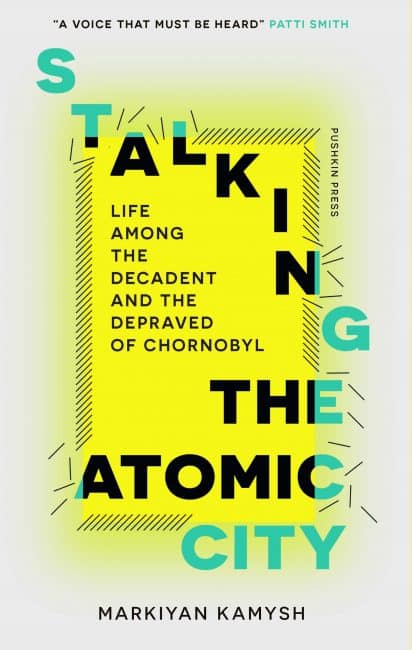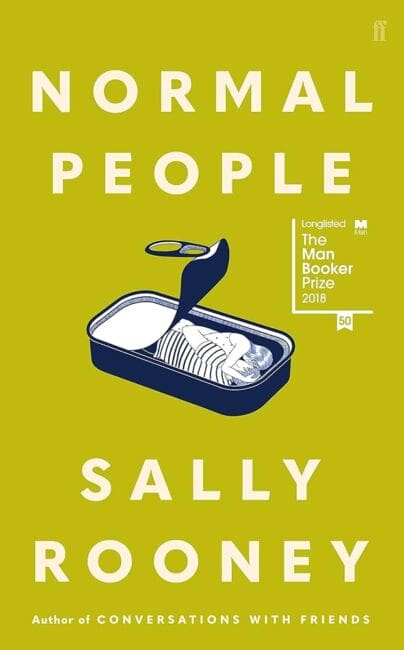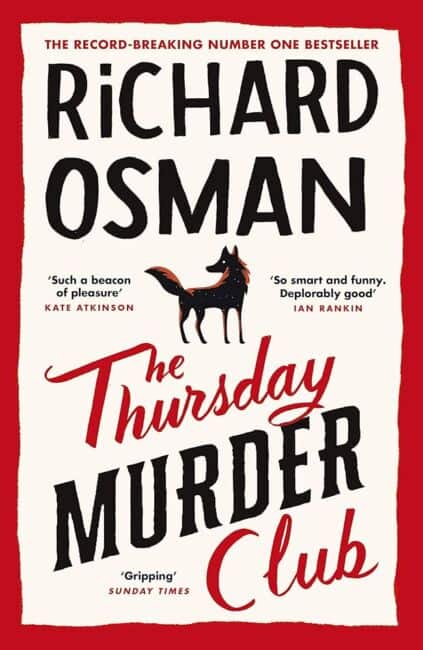Stalking the Atomic City
Markiyan Kamysh
Described as “Trainspotting meets A Field Guide to Getting Lost”, Stalking the Atomic City offers an incredibly rare and unique insight into the dystopian reality that is Chornobyl in the modern day – as well as the people who still exist within the Exclusion Zone.
Covering the period from 2012 to 2014, author Markiyan Kamysh takes readers on a journey into this still fairly mysterious world. Kamysh has been illegally exploring the Chornobyl Exclusion Zone (CEZ) since 2010, and uses these experiences within his underground literature.
“Stark, surreal... a visceral, graphic report from dystopia”
- Kirkus
Exacerbated by the troubles of recent years, such as when Russian forces started to loot the site in March 2022, Stalking the Atomic City now offers an insight into how the area was before the recent Russian occupation. Thanks to the beautiful, haunting black and white photography included in the book, also taken by Kamysh, readers get to both feel and see what life in these areas has been like since the infamous explosion.
Markiyan Kamysh does in fact have a personal connection to the region, thanks to his father – who worked as an on-site disaster liquidator in the area. Described by some as lyrical, confessional, and even hallucinogenic, Stalking the Atomic City unveils what the site is like in the present day – as well as detailing the communities that have found a home within the CEZ, for a number of different reasons.
Kamysh’s unique access and expertise, paired with his palpable connection to the site, offer readers a unique window into this dystopian-feeling reality; a perspective that’s entirely unique. If you feel you already know about Chornobyl, reading Stalking the Atomic City may well prove you wrong.
“In the shadow of catastrophe, Markiyan Kamysh writes with all of youth’s wayward lyricism, like a nuclear Kerouac.”
- Rob Doyle, author of Threshold




